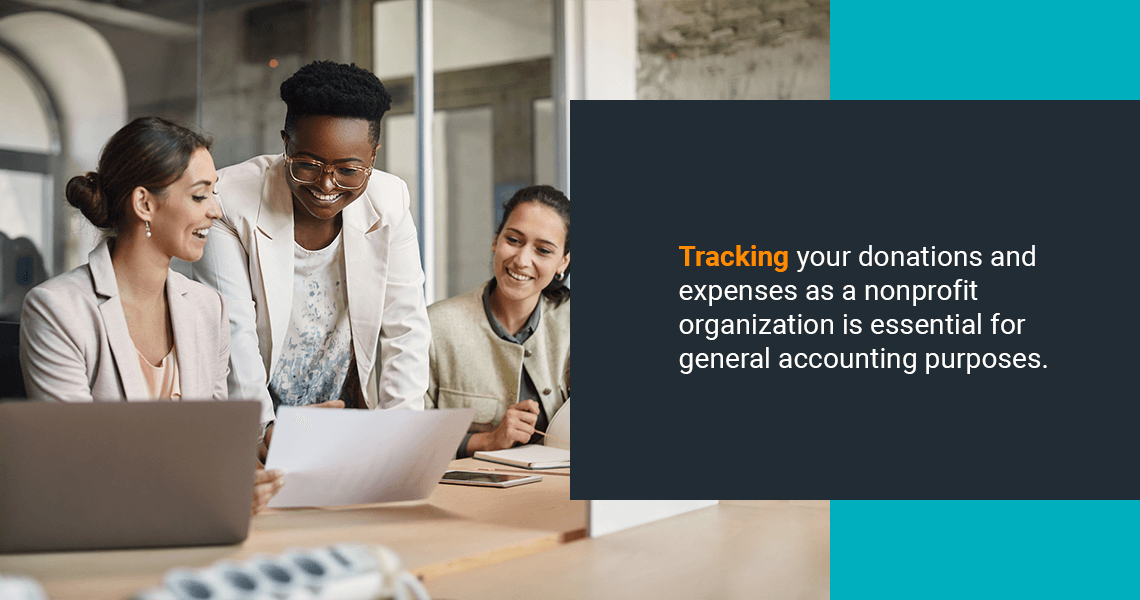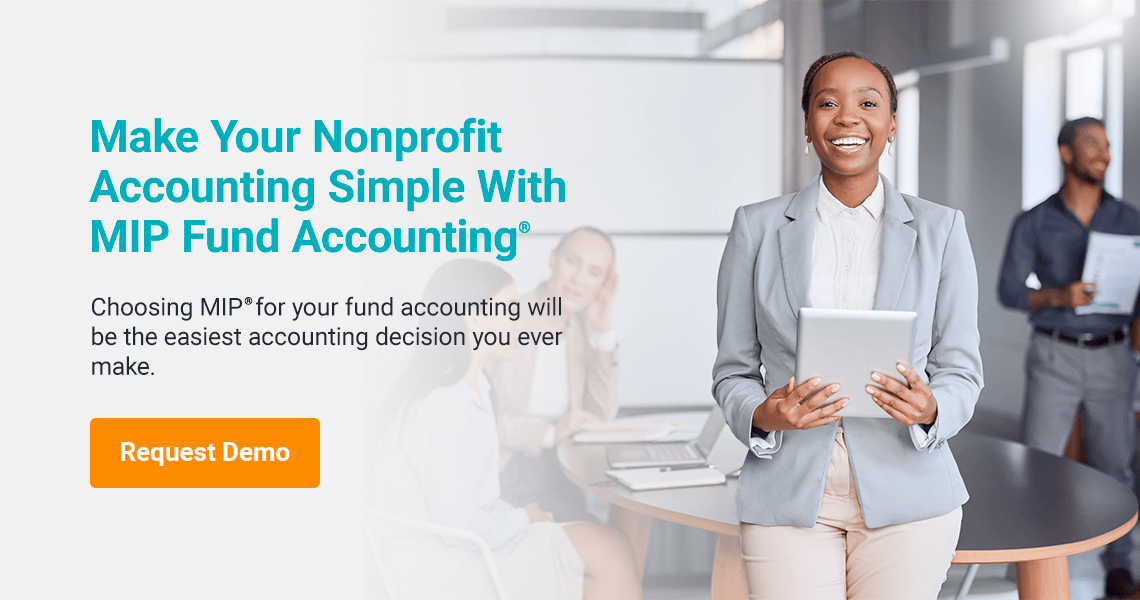Have accounting functions for your nonprofit become a chore? If you spend hours manually inputting data for reports and configuring spreadsheets to track your funding sources and expenses, you need to rethink your accounting approach. Implementing new practices into your workday can improve efficiency and productivity, meaning you and your staff spend more time working toward your accomplishing your mission.
Check out these tips and tricks to make nonprofit accounting easier for you and your team.
Nonprofit Accounting Tips
Accounting is one of the most important functions of a nonprofit organization. Without proper money management and tracking, you may not be able to accomplish the goals you set out to complete, which could result in losing funding for years to come.
1. Organize Files
Having a good organizational structure for your accounting documents is foundational to your nonprofit’s success. Whether you’re searching high and low for that budget report you just had on your desk or combing through files on your computer for old records, not having access to accounting files can cause damaging delays in your process.
Even in this digital world, paper files still are not obsolete — but they are less prevalent than they were 20 years ago. Creating a solid organizational strategy for your paper files will save time and make your life easier, especially when it comes to accounting. Determine a universal system for your files and stick with it. When everyone uses the same system, everyone can find the documents they need.
Check out these accounting file organization best practices:
- Invest in space: Due to their importance, your accounting files should be in an accessible and safe location. While file boxes may be helpful for old records, using file cabinets is a more effective way of organizing your documents. Plus, many file cabinets come with locks so you can protect your organization’s important financial documents.
- Use binders: For information relating to specific projects or clients, consider using individual binders. This method allows you to keep all information relating to one project together and easily accessible.
- Implement a clean desk policy: For organizations that use paper files in their everyday operations, implementing an end-of-day clean desk policy can help cut down on lost or missing files. Ensure everyone files and organizes their paperwork at the end of each day to ensure they can find it when they need it. For important financial documents, leaving papers out can also be a confidentiality issue.
Digital file organization necessitates a different approach. Whether you use a document management system or devise a system of your own, some actions can make a big difference:
- Creating keywords for different types of documents, such as budgets, expenses, and tax files
- Using folders and subfolders to organize documents
- Implementing security protocols like document encryption and passwords
- Having a good backup location like an external hard drive or cloud
- Cleaning up your documents and clearing out those you no longer need
2. Keep the Receipts
If you have expense reports, you already know about keeping your receipts. However, keeping track of these records long-term, especially if they are small slips of paper, can be difficult. Tracking your donations and expenses as a nonprofit organization is essential for general accounting purposes. In the event of an audit, having detailed records of your spending is even more important.
Keeping your receipts — from the lunch with your donor to the large fundraising gala you hold every year — ensures you have a documented trail of how you spent your money and what you were able to accomplish with it. Analyzing expenses through reviewing your receipts, whether on a monthly or yearly basis, can identify areas of overspending and help your organization stay on budget.
One strategy for tracking your expenses, especially if you institute quarterly or annual reviews, is to use digital means to document your receipts. Paper receipts can fade over time, making the text hard to read. Scanning your receipts and inputting them into a spreadsheet offers a good backup solution.
Certain computer programs can scan your receipts into digital form and make them searchable — meaning you can type in a date or source and find the exact receipt you need. Having a system like this makes expense tracking simple and efficient, and streamlines the tax filing process.
3. Deadlines
As a nonprofit, you know deadlines are no joke. Missing just one important document or report can have disastrous consequences, including missing out on funding opportunities you might sorely need. Keeping track of all of your deadlines should be a major focus, especially for your accounting efforts.
Some of the best ways to keep on track with your deadlines include:
- Creating a team calendar
- Using task checklists
- Setting incremental goals and preliminary deadlines
- Following up on progress reports
- Brainstorming setbacks
- Scheduling for delays
Even though you don’t pay taxes as a nonprofit, there is quite a bit of documentation you have to submit about your organization’s finances to continue to qualify for your tax-exempt status. Some of the most important deadlines for nonprofit taxes include those for Form 990, which falls five months after the end of the nonprofit’s fiscal year.
4. Accounting Software for Nonprofits
Accounting often involves many minute tasks that take up a lot of time, and using software made for nonprofits can help. To allow your staff to spend more time on tasks essential to your nonprofit’s mission, implement MIP Fund Accounting®.
A few essential features of this system include:
- Records and history: Easily access client records, payment history, and expenses with a nonprofit fund accounting software.
- Reporting scalability: Reporting can take a huge chunk of your time. With accounting software, you can scale your reporting functions to the needs of your organization, no matter how many programs you have or funding sources you manage.
- Audit functionality: One of the most important features of a fund accounting software is audit functionality. Quickly generate reports on profits, losses, and grants and have access to a fully auditable general ledger.
- Fund tracking: Track funds from multiple sources with a transparent tracking and reporting system.
Make Your Nonprofit Accounting Simple With MIP Fund Accounting®
MIP Fund Accounting® can make your life easy by streamlining your accounting processes. With automated accounting functions, options for cloud and on-premise interfaces, and training and implementation services, choosing MIP® for your fund accounting will be the easiest accounting decision you ever make.
Try MIP Fund Accounting® with a free demo, or contact us for a quote.
Share this post






